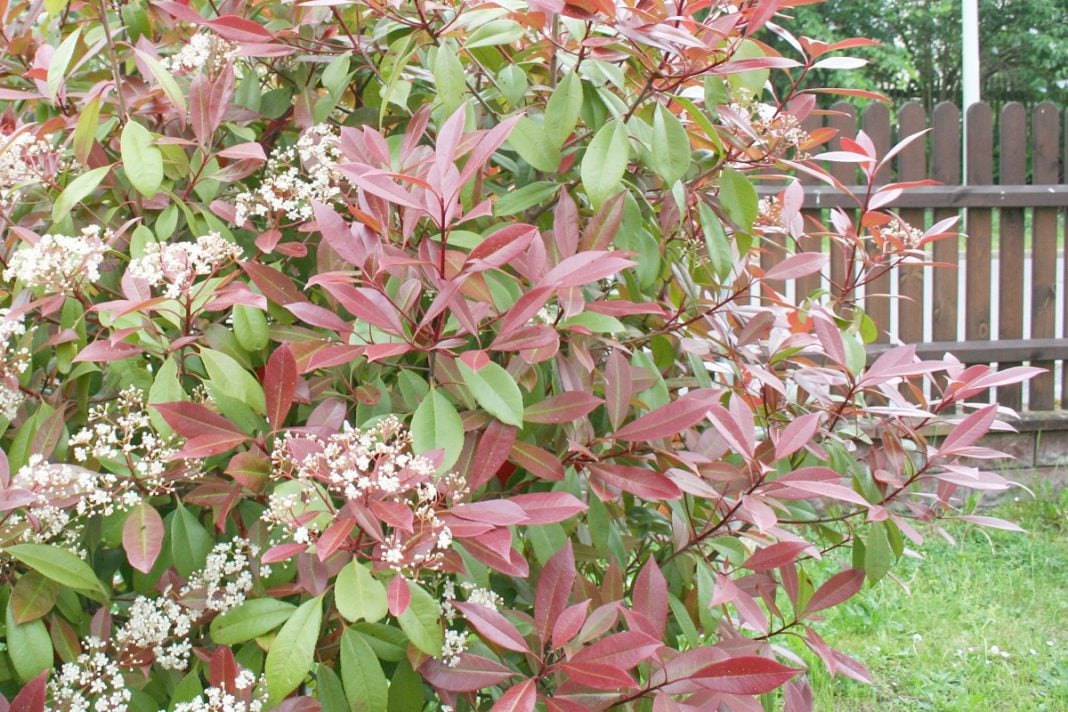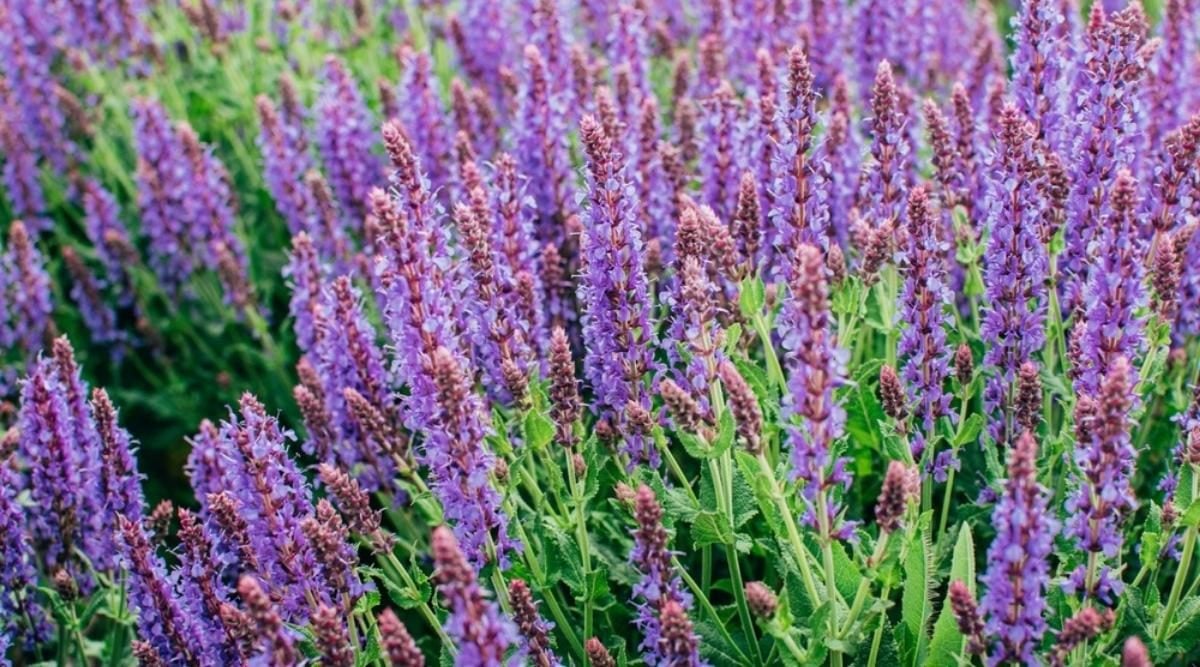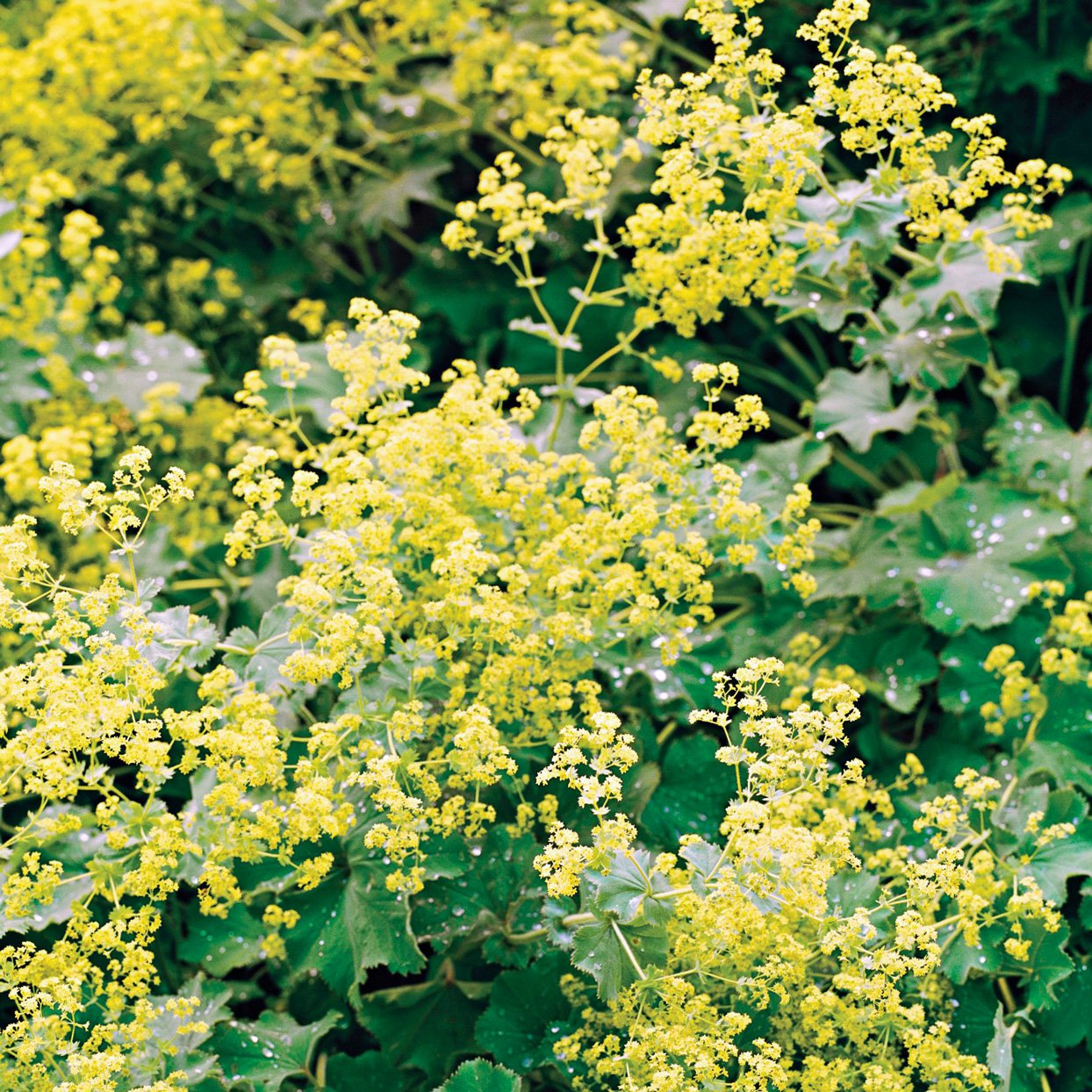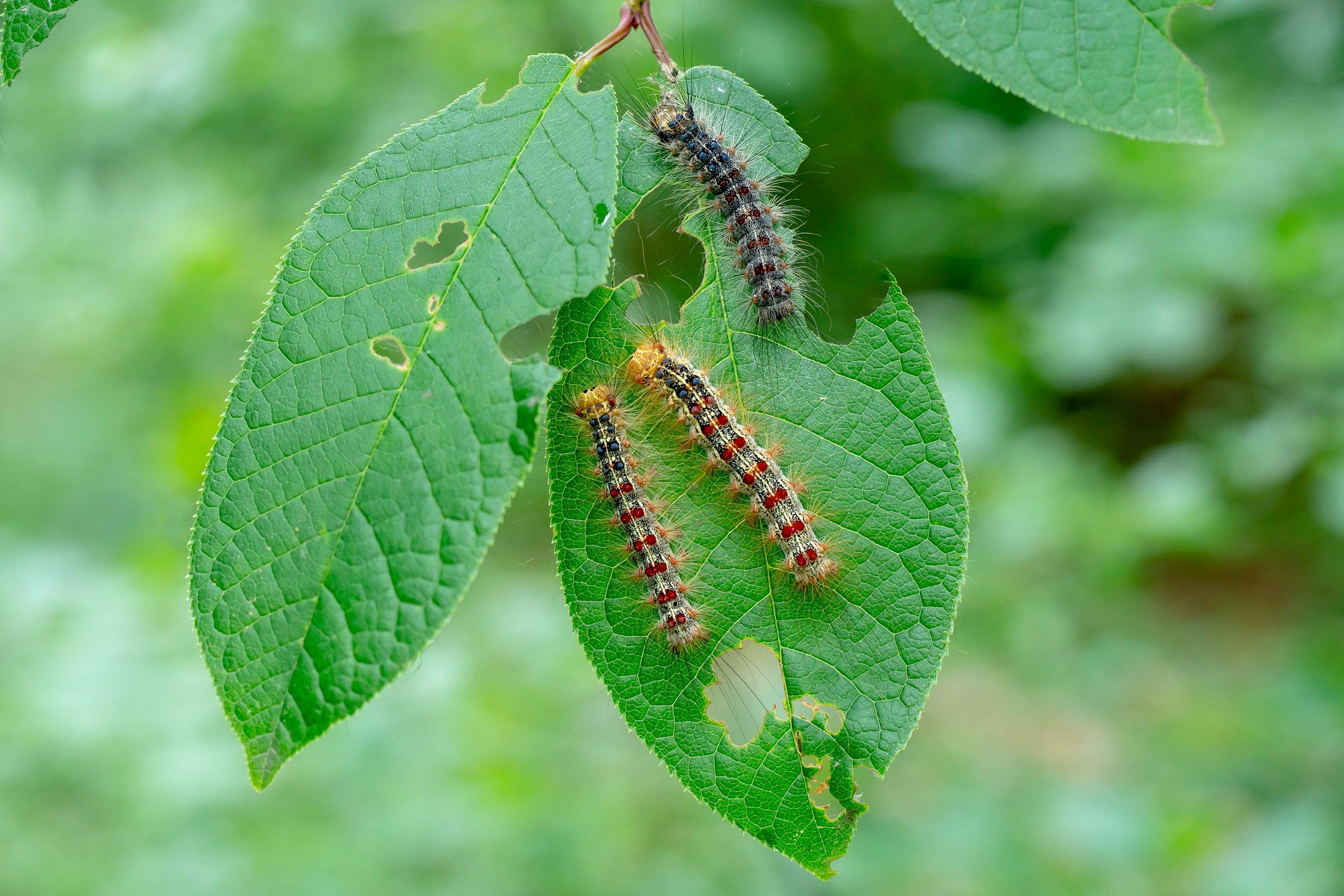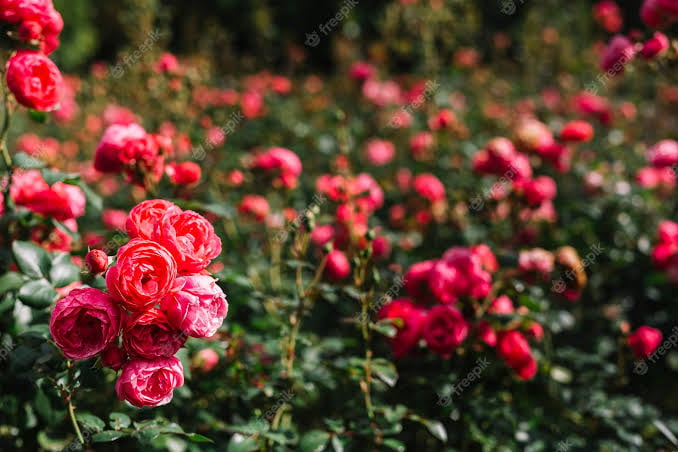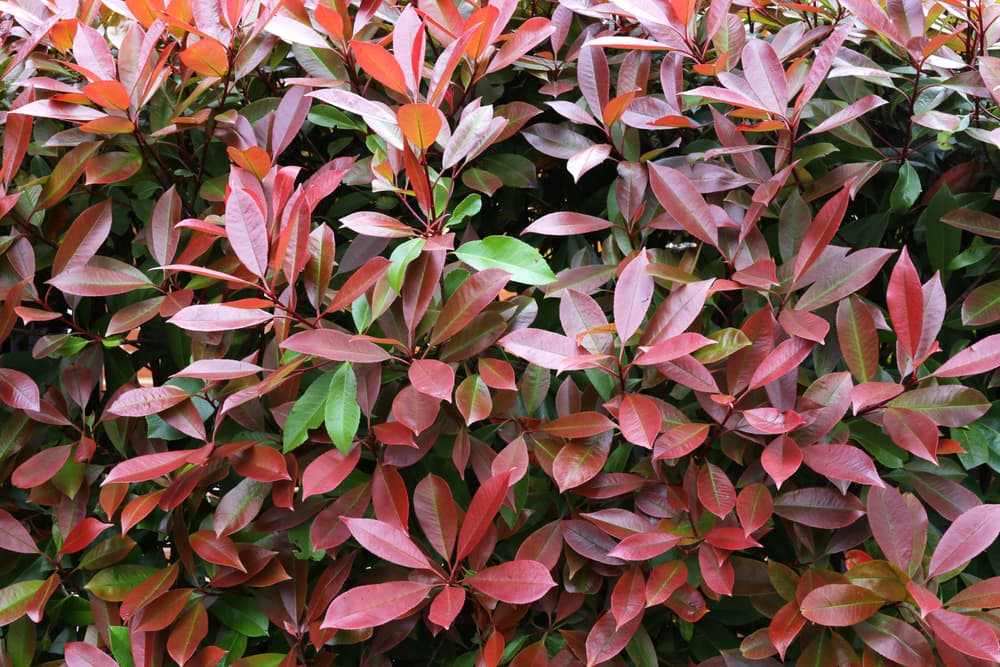How to Grow and Care Alstroemeria
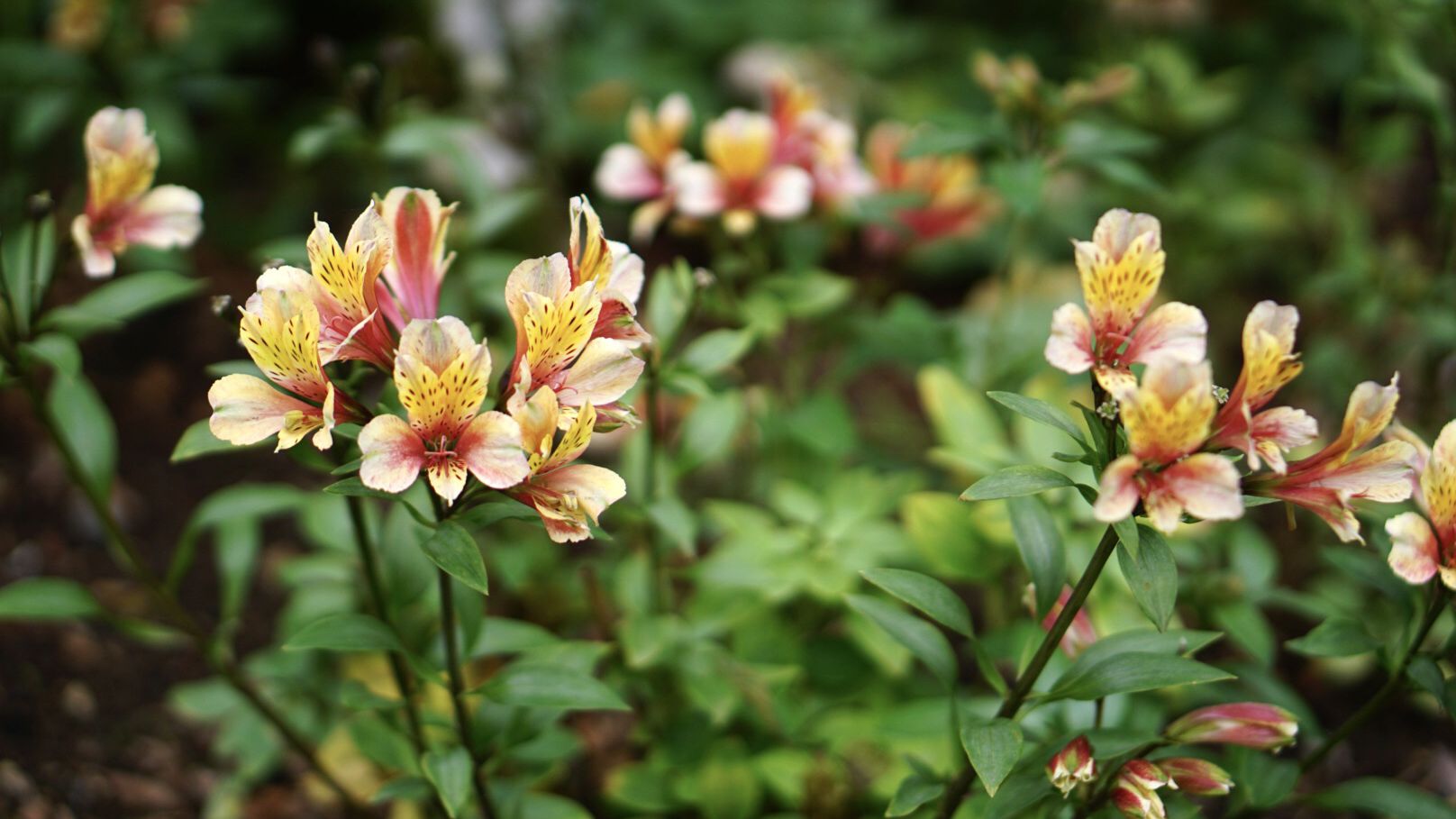
Table of Contents
Known by its botanical name Alstroemeria, Peruvian Lily, or princess lily, is a perennial plant that blooms pink, orange, red, yellow, white, and purple flowers. You will find these flowers in almost every boutique shop or restaurant, or any other place, appearing like a funnel-shaped flower with brown freckles.
Unlike other flowers you purchase from the market or from a boutique, this one lasts till two weeks before starting to shrink away, this is one major fact people buy Peruvian Lily and the shop owners love it too, apart from its bright colors and beautiful freckles.
They are the summer flowers, meaning they only bloom during summers, in-between zones 7-10, which is also a great time to add something bright and stunning along your wall side.
Like every other flower or plant, Peruvian Lily also has few factors to keep in mind before planting them and taking care of them.
You need to be sure to follow them and ensure proper and healthy growth. You will most likely find the Peruvian lilies in a tuber shape for planting, and we know that tubers are quite brittle, which means you will have to be extra careful while panting them.
The lilies are native to Chile and Argentina, where they go in wild form and spread into large areas. When you have too many lilies and do not know what to do with them, you can simply use them as a gifting purpose.
Gifting tubers to your friends are a great idea and much appreciated. If you do not wish to gift, you can also stop their spreading by cutting them from the vase, which will in hand prevent seeding.
Factors responsible for growing Alstroemeria:
Soil
The lilies like to grow in fertile and well-drained soil. If your soil lacks the necessary nutrients, you can always make it better by adding a good, organic compost into it before planting.
Peruvian lilies look and grow best in raised flower beds, but if you do not have a space there, you can always use it as a welcoming flower onto the sides of your walls.
When planting the tubers, make sure to plant them during Spring, when the temperature of your soil reaches 60. Spread the tubers over the soil, and cover them with the soil at least 2 inches, and keep the soil moist always.
Sunlight
This flower prefers the exposure of full sun and part shade in noon for proper growth. You need to water it after every noon so that it will not get dry, when in shade.
Your flowers might scorch up if you do not give them enough water, or too much exposure to the sun, so make sure to do both these things in a moderate amount. Since it is a summer flower, it will be able to tolerate the scorching heat of the summer Sun.
Water
Because it grows only in summers, Peruvian Lily needs lots of moisture for the flowers to come out all adorable. You must pour water into the plant at least 1 inch from the ground or when you feel the soil is starting to dry a bit.
Do not let the soil dry at all, because if that happens, your flowers will not bloom properly. When you first plant it, make sure there is plenty of water for it to grow, and when the plant has grown a bit, pour the water weekly.
Fertilizers
When using fertilizer, add them to your soil only once during Spring, it will be enough for your lily to grow. Peruvian Lilies can grow up to 4 feet tall, and with the help of fertilizers rich in nitrogen, phosphorous, and potassium you can nourish the soil for better and healthy growth of your flower. You can also add the fertilizer by mixing it with organic manure or compost tea.
Humidity
Peruvian Lilies survive in 65-80°F ranges, the more the temperature is, the plant will produce fewer flowers and more leaves, less the temperature will just let your plant grow at all. This plant requires at least a minimum of 65° temperature and preferably more to grow. If you have a humid climate where you live, then you should leave some adequate space in between your flowers so that there is good air circulation maintained.
Containers
You can grow Peruvian Lily in containers too! You can use any potting mix you wish to make sure it has a good drainage system in it. During winters, you can also bring the pot indoors, ensuring it to be dry to not rot.
At the end of the winter season, you can divide the tubers so that they do not cluster. You can also pair the flowers with other plants that require the same climate to grow like sweet potatoes.
Pruning
This is a type of flower which requires less pruning. But if you ever find any unwanted stem or leaf coming out of your plant, you can easily just cut it off for the new flower to bloom.
By cutting them you will prevent the plants from germinating seeds. If you want, you can also remove the plant if it has spread too much and put it in another tuber for fresh new growth.
Breeding
During breeding the Peruvian Lily, you can use two methods. The first one is through planting seeds of this plant.
This is the most common method to grow any plant, flower, vegetable, anything new.
You must sow the seeds ¼ inch into the potting mix and make sure that the temperature is cold, as the seeds will germinate under cold temperatures only.
Check for germination after a month, and then shift the plant to a bigger pot when few leaves start to appear. The second method is to dig up the tubers and divide them. For this, you must cut off the top of the plant before breeding them.
If you have a plant that is a year old, it will produce at least 15 modified stems, whereas a 2-year-old plant can give you more than 25.
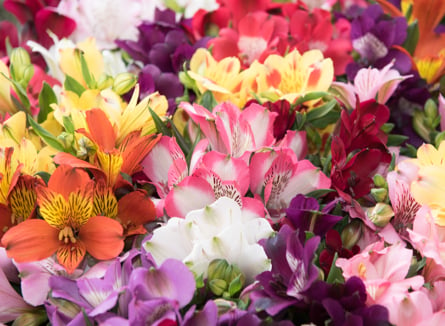
Varieties of Peruvian Lily
The breeders ensure to bring in some exciting new colors of the Peruvian Lily which will look stunning for your garden or flower bed.
The ‘Princess Angela’ Lily is one type of Peruvian Lily that has lemon-yellow flowers with pink edges and black/brown freckles.
The ‘Adonis’ Lily features a gorgeous pink colored flower with yellow accents and black/brown freckles.
The ‘Alexis’ Lily has both pink and yellow color in it with black/brown freckles and looks like a ray of pure sunshine glowing in your garden.
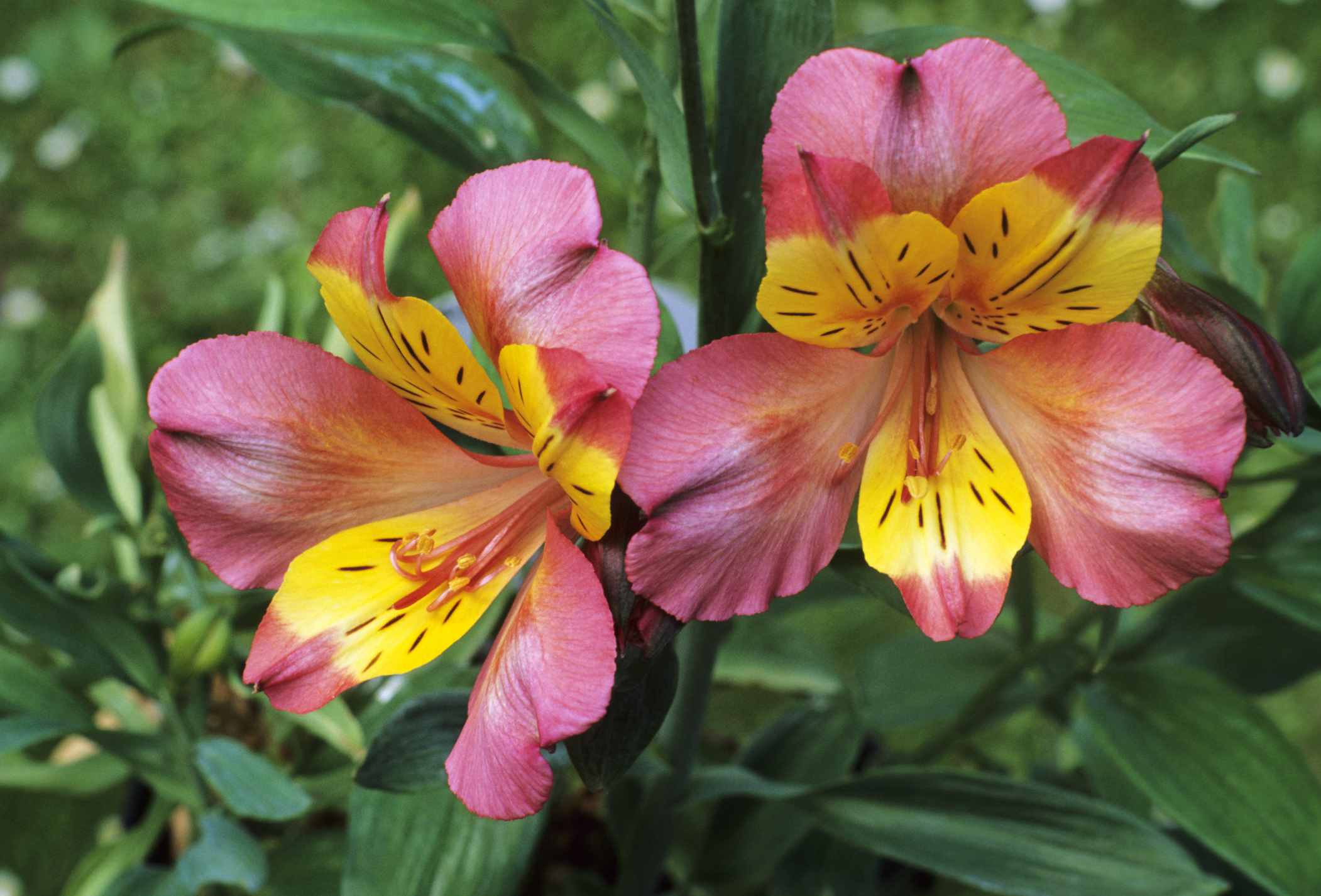
Diseases Carried by the Peruvian Lily
There are a couple of diseases that can affect your plant, like –
- Snails – Snails and slugs can create holes in your plants, and you can tell that they were on your plants by looking at a slimy thing they leave behind.
- Spider Mites – These are rather small to find, but you can search them on the underside of the leaves. They can cause discoloration in your leaves or the leaves might start to fall off indicating that the spider mites are there.
- Root Rot – This is a fungus that appears when the root of the plant is over wet. Oversetting it can cause weakened stems, wilting, and fewer leaves. The best way to get rid of it is by letting your root dry off.
- Gray Mold – Gray Mold appears like furry holes in your plant’s stem and leaves.
It can be transferred from plant to plant, so if your lily catches one, make sure to remove it from your garden before it spreads onto other plants as well.
These are some of the common diseases your plants can have, other than this, Rhizoctonia root Rot, Tomato Spotted Wilt Virus, Aphids, and Harlequin Bugs can affect your plant.
Conclusion
Peruvian Lilies are the most flexible, full summertime growing and commonly found flower you can grow. Grow them either by seeds or by tubers, you will not have to do much effort in planting them keeping all the above-mentioned factors in mind.
They are available in so many colors that can totally brighten up your garden or flower bed. All you must do is buy them and pair them with other plants in your home and enjoy looking at them. You can also put them along with your shrubs or as a wall border.

